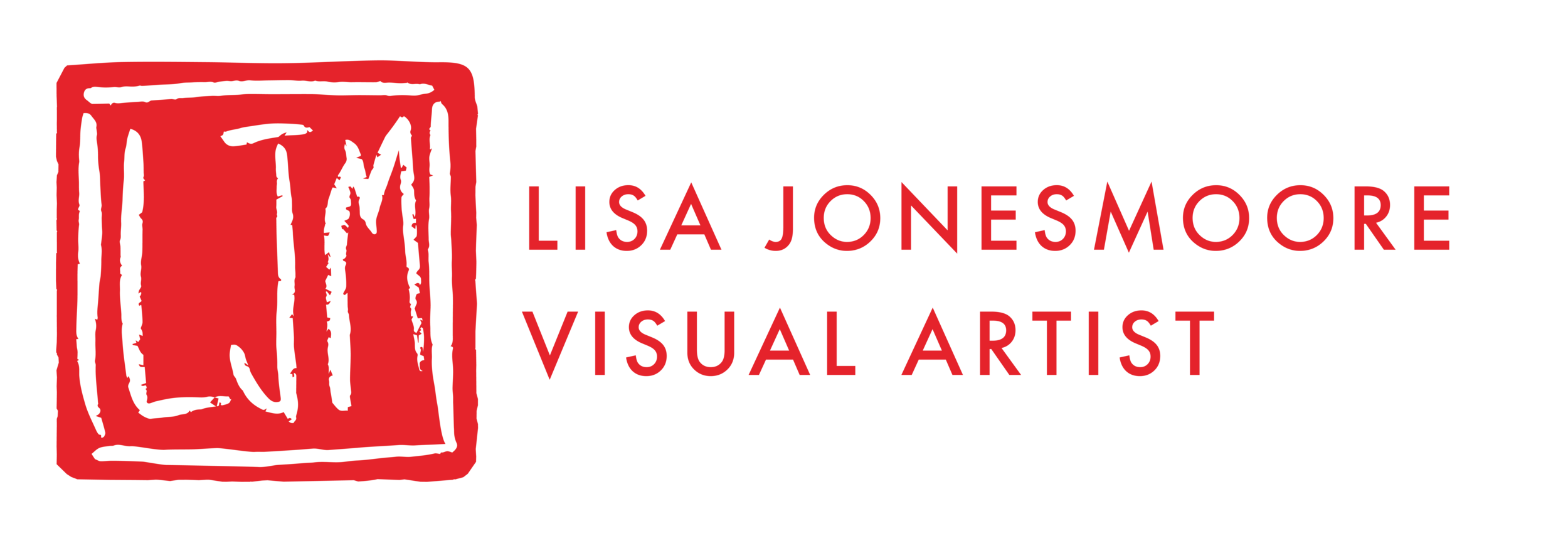WHAT IS ENCAUSTIC?
Encaustic art has been around for thousands of years, originating in ancient Egypt. Encaustic paint is made of pure beeswax, damar resin and pigment. The melting point is 160-220 degrees and the paint is applied while in a molten state, usually with a natural bristle brush. Each layer of encaustic paint is "fused" with heat, with tools such as a torch, an iron or a heat gun. The damar resin raises the melting point of the wax and helps the wax to cure and harden over time.
Encaustic art should be cared for as you would for any piece of original fine art, keeping it out of extreme heat sources such as direct sunlight and extreme cold or freezing temperatures. Artwork may be stored or wrapped in waxed paper, glassine paper and bubble wrap (be sure to face the bubbles out so they don’t make imprints) at room temperature, out of direct sunlight and away from heat sources. Encaustic art may be wiped clean with a soft cotton cloth or soft paper towel, and light "buffing" brings out the beautiful natural shine of the beeswax. Framing suggestions: if the art is on "cradled" hardboard (wooden panel with wooden sides), it need not be framed. To better preserve the art, I suggest framing in a “shadowbox” style frame or “float” frame, with no glass.
Some of the above information was obtained from R & F Paints, www.rfpaints.com
